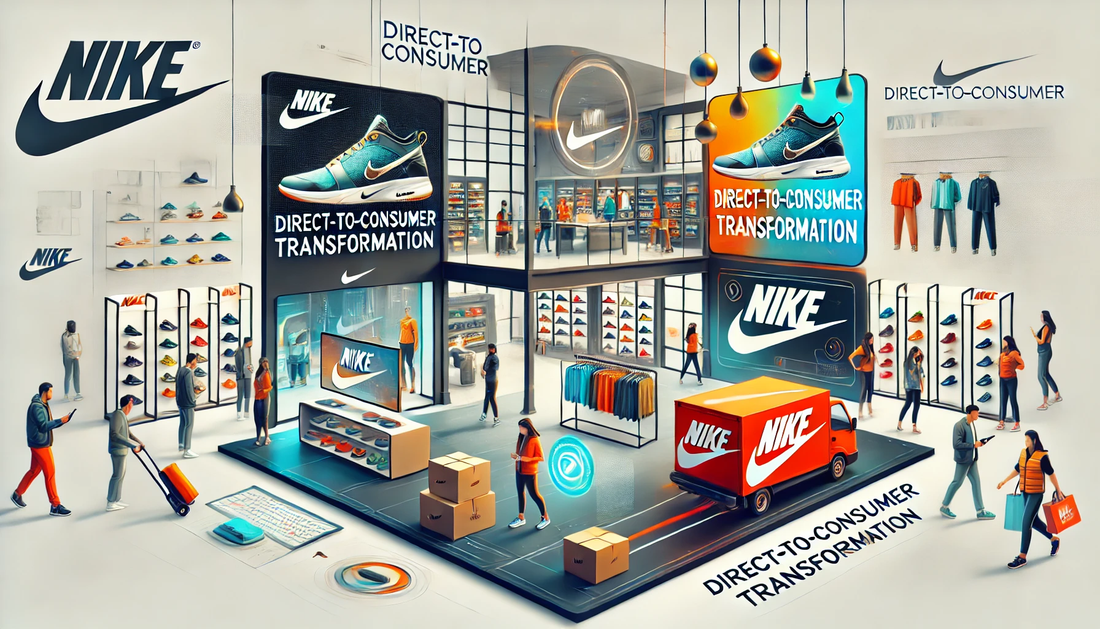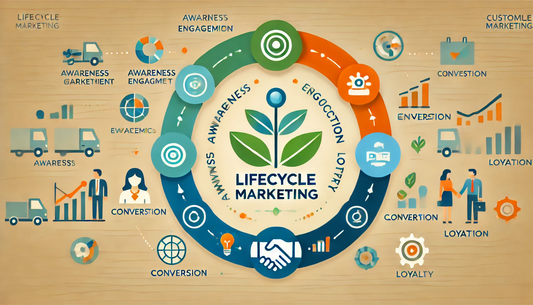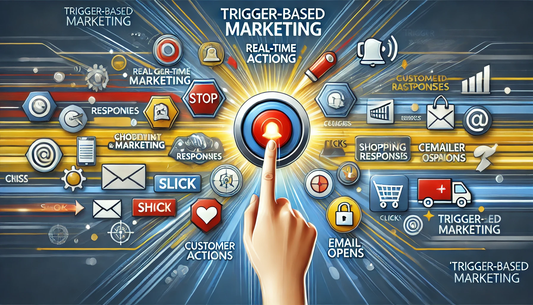Nike’s direct-to-consumer (DTC) strategy is a game-changer. It’s not just about selling shoes and gear—it’s about creating an experience that connects directly with customers. 🏅 In fact, this shift has not only transformed Nike’s business model but has also become a blueprint for startups aiming to redefine their own strategies. 💡
From gaining more control over the brand narrative to increasing profit margins, Nike’s DTC approach is packed with valuable lessons for entrepreneurs looking to disrupt traditional business models. Let's dive in and explore how Nike’s strategy can inspire your startup to achieve similar success. 🚀
Why Nike Shifted to a DTC Model
In 2017, Nike made the bold decision to reduce its reliance on third-party retailers. 📉 The main goal? To have greater control over how their brand is presented and to create an elevated, personalized experience for customers. 🛍️
By 2020, this decision paid off significantly, with DTC sales accounting for nearly 40% of Nike’s total revenue. 💰 This shift highlights the value of owning the customer relationship. For startups, this is a critical insight—whether you’re a product-based or service-oriented startup, consider how a DTC model can streamline your operations, cut out middlemen, and improve your margins. 💪
Building a Strong Digital Ecosystem
A major reason behind Nike’s DTC success is its robust digital presence. 📱 Their website and mobile apps are designed to offer a seamless, personalized shopping experience—helping customers feel more connected to the brand. But it’s not just about e-commerce. Nike also includes content that speaks to their customers’ interests, from training programs to athlete stories that resonate deeply. 🏋️♀️
For your startup, investing in a digital ecosystem means building more than just a website. It’s about creating a comprehensive platform that integrates personalized interactions, loyalty programs, and even community-building content. 🖥️ Think of your online presence as the backbone of your business—one that supports engagement across all customer touchpoints. Consider platforms like Shopify, WooCommerce, or WordPress to get started on a scalable online presence. 🌐
Leveraging Data for Personalization
Nike has become a master at using data to enhance the customer experience. 📊 By analyzing data from their apps, website, and in-store experiences, they offer personalized product recommendations and tailored marketing messages. This not only increases conversion rates but also helps improve customer retention. 🔁
For your startup, embracing a data-driven approach can be a game-changer. Use analytics tools like HubSpot, Google Analytics, or Salesforce to track customer behaviors, preferences, and buying patterns. 📈 Personalization isn’t just about customizing offers—it's about delivering an experience that feels tailor-made for each user, which will help keep them engaged for the long haul. 🎯
Mastering Omnichannel Experiences
While Nike has strengthened its digital channels, it hasn’t abandoned its brick-and-mortar stores. 🏬 Instead, they’ve mastered the art of omnichannel experiences, which seamlessly connect the online and offline worlds. 🛒 Customers can shop online, pick up in-store, or even check product availability through the app while in a physical location. 📲
For startups, mastering omnichannel means creating a consistent, frictionless experience across all customer touchpoints. Whether it’s social media, your website, or your physical location, the experience must feel cohesive and integrated. 🔄 Consider using tools like Zapier to automate and integrate different platforms, ensuring consistency in your processes. 🧰
Focus on Community and Engagement
Nike’s “House of Innovation” stores aren’t just about selling products—they are hubs for community engagement. 🏠 From personalized consultations to exclusive events, these spaces provide value far beyond the transaction. 🎉
Startups should look to create similar engagement opportunities. 👐 Host webinars, engage on social media, and offer exclusive content to your most loyal users. Platforms like Slack or Discord can help you build and nurture these communities. 🗣️ Not only does this increase brand loyalty, but it also helps you maintain a direct line of communication with your audience. 📲
Strategic Product Diversification
Nike has successfully expanded its product line from athletic wear to athleisure, sports technology (like self-lacing sneakers), and more. 🏅 This diversification has allowed them to capture a broader audience and tap into emerging trends. 🚀
For startups, product diversification should be thoughtful. It’s essential to ensure that new offerings align with your core brand values and respond to market demand. 📈 Before expanding your product lineup, use tools like Google Trends or social listening to analyze customer behavior and spot emerging opportunities. 🕵️♂️
Prioritizing Customer Experience
At the heart of Nike’s DTC model is a relentless focus on customer experience. 🛍️ The brand ensures that every interaction—whether through their app or in-store—adds value. For example, their virtual try-on features and personalized consultations ensure that customers feel supported and understood. 🤝
For startups, investing in customer experience is a must. From product design to customer service, every touchpoint should reflect a commitment to delighting the customer. 🏆 Tools like Hotjar can help you better understand user behavior on your site, while customer feedback platforms like SurveyMonkey can help gather insights to optimize the experience. 🧑💻
Building a Brand That Resonates
Nike’s “Just Do It” slogan is more than a catchphrase—it’s a rallying cry for empowerment, resilience, and breaking barriers. 💥 Nike’s campaigns focus on personal achievement, often featuring athletes who overcome challenges. This resonates deeply with their audience, reinforcing the emotional connection with their brand. 🏆
For startups, your brand should have a clear, authentic narrative. 📚 It’s not just about a logo or a tagline—it’s about creating a story that connects with your audience on a deeper level. 🧠 Consider developing a brand style guide to ensure that your messaging is consistent, authentic, and resonates with your audience. 💬
Staying Agile and Innovative
Nike’s ability to stay ahead of the curve is rooted in their agility and constant innovation. 💡 Whether it’s collaborating with tech giants like Apple or introducing new sustainable product lines, Nike is always looking for ways to stay relevant in a fast-changing market. ⚡
For startups, this means being open to pivoting when necessary and embracing new opportunities. 🔄 Don’t be afraid to test new features or explore partnerships. Tools like Lean Canvas can help you evaluate new business models and test ideas before fully committing. 💭
Actionable Takeaways for Startups
- Embrace Digital: Build a strong online presence focused on customer experience.
- Leverage Data: Use analytics to understand customer behavior and personalize your offerings.
- Master Omnichannel: Create a seamless experience across all touchpoints.
- Foster Community: Engage with your audience beyond transactions.
- Strategic Diversification: Expand thoughtfully based on customer insights.
- Innovate Continuously: Stay agile and open to new opportunities and partnerships.
Final Thoughts
Nike’s success story is a shining example of how to innovate, stay agile, and build strong customer relationships in a competitive market. 💥
By focusing on a direct-to-consumer strategy, prioritizing personalization, and embracing innovation, Nike has created a brand that resonates deeply with its audience. For startups, the key is clear: innovate, understand your customers, and continuously improve. 🌱
With these strategies in hand, your startup can carve out its own path to success and thrive in an ever-changing business landscape. 🚀










